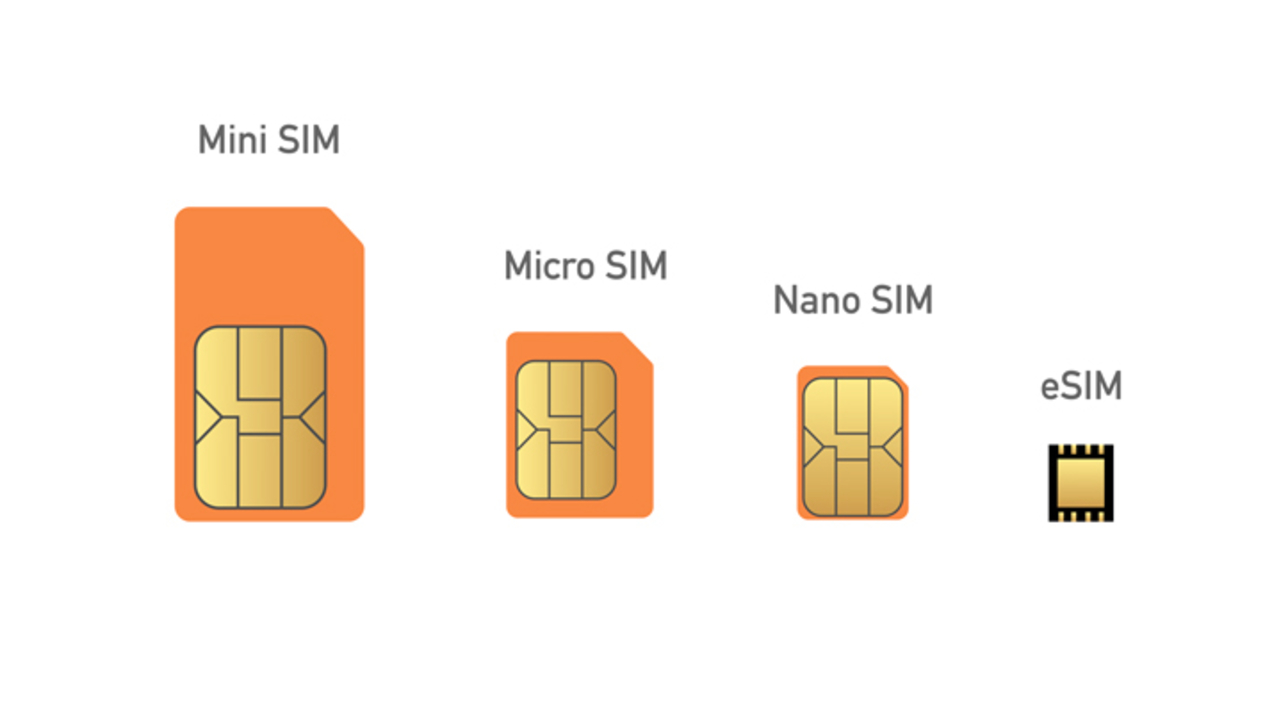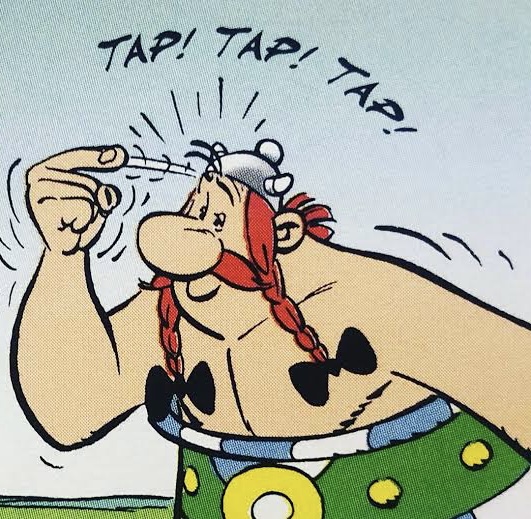The eSIM vs physical SIM - Why India cannot do without the latter
The debate continues

Reports of Apple possibly ditching the physical SIM card slots from the iPhones from 2023 or even earlier has once again reset the discussions around the justification of going with eSIMs on future smartphones. Especially ones that run Android operating systems and more specifically the mid-range handsets.
Just to set the record straight, the iPhone 14 or its successor in 2023 getting rid of the physical SIM card slot is still very much a rumour though Apple has made a case for using only the eSIM for quite some time now. The company was the first off the blocks with this concept, incorporating it in the iPhone XS in 2018.
- Best smartphones under Rs 30,000 in India
- Best phones under Rs 40,000 in India
- Best phones under Rs 50,000 in India
A heady journey for the eSIM

Three years back, tech enthusiasts felt that the addition of a software-powered eSIM was a welcome one alongside the physical Nano SIM card on both the iPhone XS and the iPhone XS Max. Embedded SIM cards weren't new then, having found their way into several Android-powered devices in the Internet of things (IoT) framework.
At that time, the industry felt that it was a bold move by Apple, which had already got eSIMs into their iPads and Apple Watch, both of which didn't have a physical SIM slot over and above. However, if Apple were to completely get rid of the latter, many telecom service providers would feel some trepidation.
After all, the physical SIM has proved to hold a considerable barrier to the switching process between cellular services. With the eSIM, users can simply shut one down and walk into a competitor's store to reactivate it with the new service. Of course, the paperwork (including ID and address proof) would still have to be done!
Not surprising therefore that GSMA, an industry body representing telecom service operators globally, went slow on developing a global standard on eSIMs, given that the very project was under probe by the US Department of Justice. Ironically, it was the customers who complained about collusion between service providers making it tough to shift networks or plans on the eSIM.
Having said so, a report published earlier this year in March said demand for eSIMs will grow by 180% over the next four years. Juniper Research claimed that there were 1.2 billion connected devices such as handsets, home electronics and IoT sensors that came with eSIM. This number to skyrocket to 3.4 billion by 2025.
Get daily insight, inspiration and deals in your inbox
Sign up for breaking news, reviews, opinion, top tech deals, and more.
While the argument in favour of a seamless mobile experience with the handset and its ability to operate a slew of home devices stands good, the challenge comes from a different quarter. In a country like India, where IoT penetration remains low and where smartphone usage is growing exponentially in the below Rs.20,000 segment, can manufacturers really afford to kick out the physical SIM card? We list out some pros and cons of both the options below:
Physical SIM - Pros and Cons
The Pros:
An existing technology - Since the physical SIM size and shape is similar across the world, life becomes easier for travellers. One can easily procure a local SIM and add it to the second SIM slot of the handset.
Easily removable - Imagine a situation where you are travelling and suddenly the battery drains out. You do have an alternate handset lying around. All it requires is for the SIM to be removed physically and added to the second device.
Easy upgraded - Once again, if the chip on the SIM card is outdated, all that one needs is to approach a store and get an upgraded one, right then and there. Also, in one sense it is easier to replace a physical SIM in an emergency situation.
Easy access - Once again, this is for the travellers specifically. One can easily get our hands on a prepaid SIM in a foreign country and save considerably. Given that most Indian operators charge heavily for global roaming.
The Cons:
Easy to hack - The physical SIM cards are easier to hack and all the hacker requires is to lay their hands on the password recovery text on the device. And then, you can bid adieu to bank data, social media accounts and email IDs.
Limited memory - The data that one can store within the SIM card is very limited. This isn't a bad thing in case one is used to saving stuff on the internal storage. However, if one needs to transfer data from a device and wants to do it via the SIM, it gets tough.
Limited functions - The primary function of the SIM is to provide mobile data to the smartphone. However, with the physical SIM card, everything else happens around the commands prompted by apps, making them hack-worthy.
Signal strength - Given that receiving and transmitting mobile signals is the key job of the SIM, the physical one fails to do so in case of low signal strength. Which is what one gets in most of India's rural areas.
Wear and tear - Since there is a physical chip residing on the SIM, the chances of early wear are tear remains real. After some time, one may experience the impact of damage and corrosion causing low signals and poor connectivity.
eSIM - The Pros and Cons
The Pros:
No damage or loss - The eSIM is embedded inside the handset, so the chances of it getting damaged or lost are minimal. Which indirectly means that your signal strength would remain more or less steady all through.
Small is better - The eSIM is small and can be fitted in all forms of wearable technology such as watches and home devices. Over time, this would encourage the interoperability of devices at home much better.
Multiple profiles - Since the data on the eSIM is stored electronically, there is scope for storing more data on the device. While it can be technically used anywhere in the world the reality is that travellers may find it irksome.
Not hackable - At least not so easily compromised as the physical SIM. Hackers would require to access the billing-process security feature or the cloud to crack into your handset, especially during a roaming instance.
Easy to locate too - Network operators can find your device that much easier if the eSIM is installed. However, this is useful only if you have the propensity of leaving your device lying around.
Portless mobiles - With eSim, OEMs have a chance to make devices portless thus offering better protection against damage from water and dust
The Cons:
Restricts devices - Typically in India, users have more than one device and do toggle between them regularly. So, the chances are that unless both devices are enabled with an eSIM, many users may find it tough.
Only on flagships - Currently, the eSIMs are available only on the iPhones since 2018 as well as on flagship devices of Samsung and a few other brands. These are expensive and means that initial costs are prohibitive.
Data transfer issues - It is tougher to transfer any data that you may have stored on the SIM in case it is electronic. So, if you have to remove data from a damaged device, you will have to back it up from the cloud to access contacts, messages and media.
Single device usage - As mentioned earlier, the eSIM needs to change if you change the handset. This is a bit tedious in a country where users do change phones once every two years - especially in the Android ecosystem.
- Tech headlines of 2021 - events that made us sit up and take note
- Smartphone Gaming - what prompted it and where it is headed in 2022
Want to know about the latest happenings in tech? Follow TechRadar India on Twitter, Facebook and Instagram
A media veteran who turned a gadget lover fairly recently. An early adopter of Apple products, Raj has an insatiable curiosity for facts and figures which he puts to use in research. He engages in active sport and retreats to his farm during his spare time.
